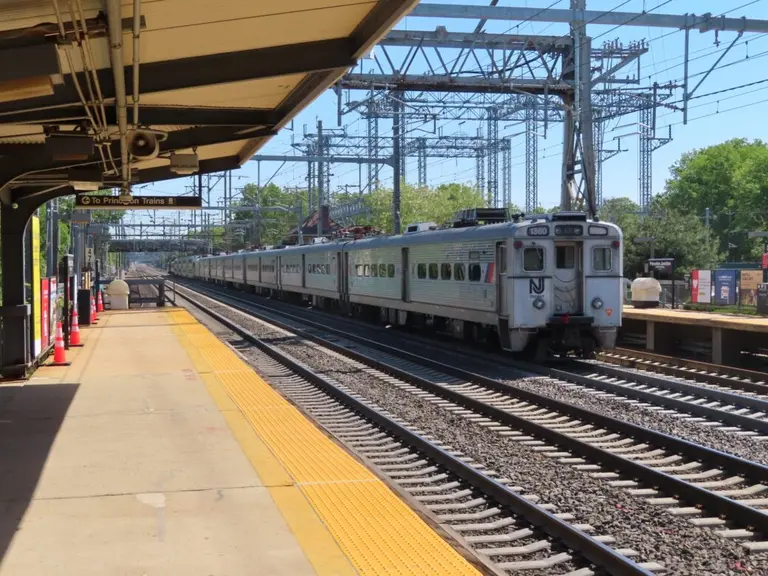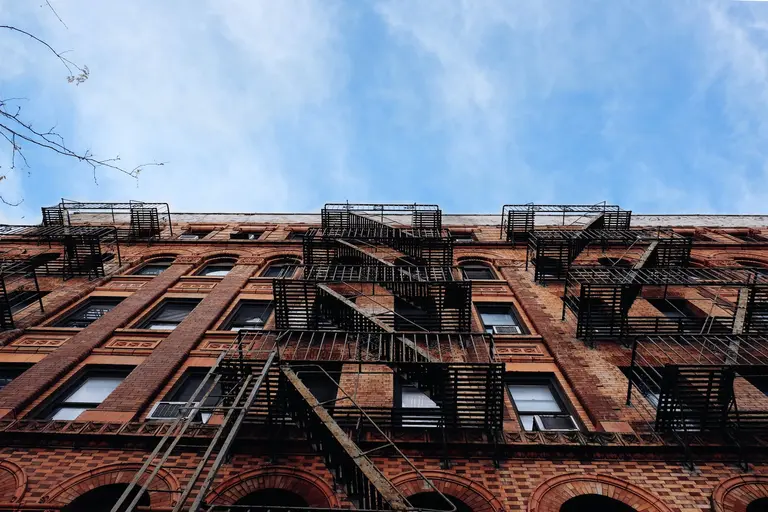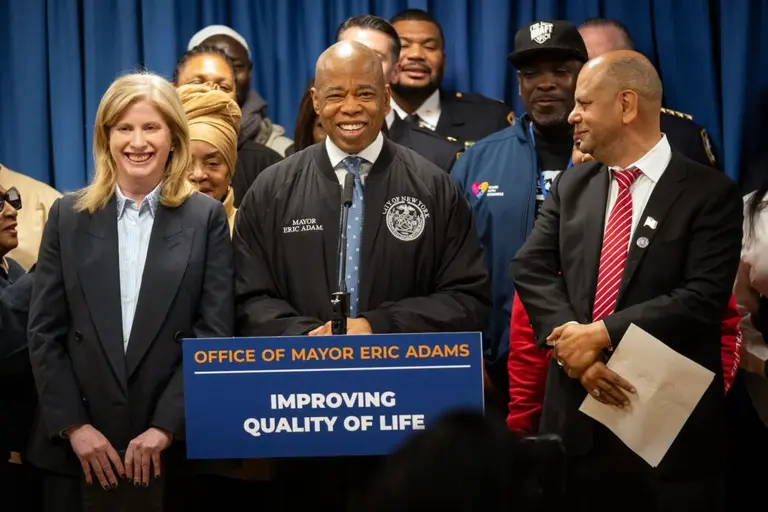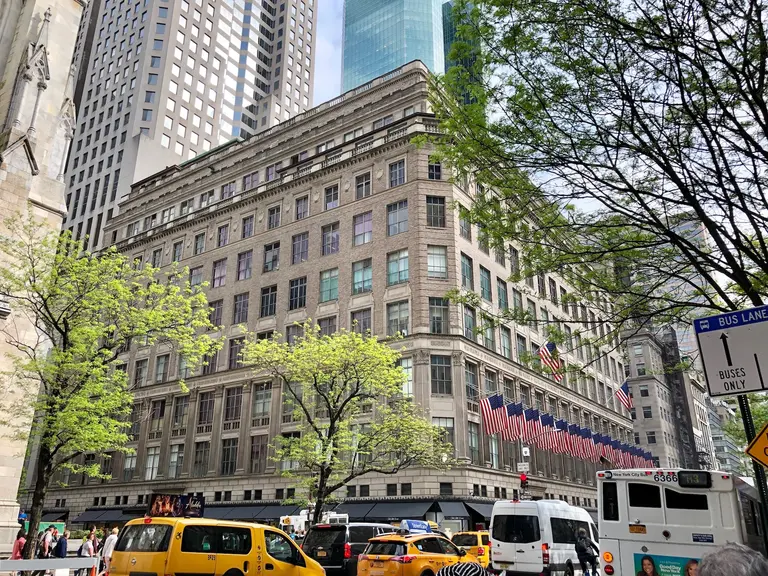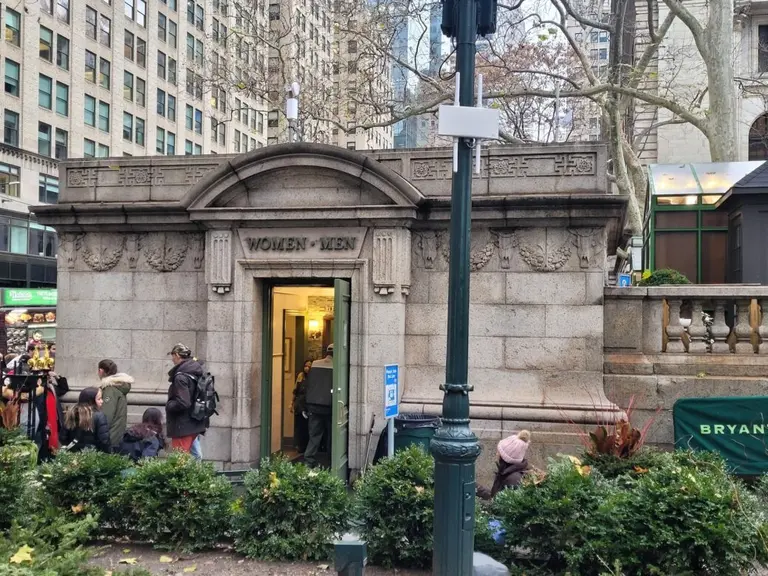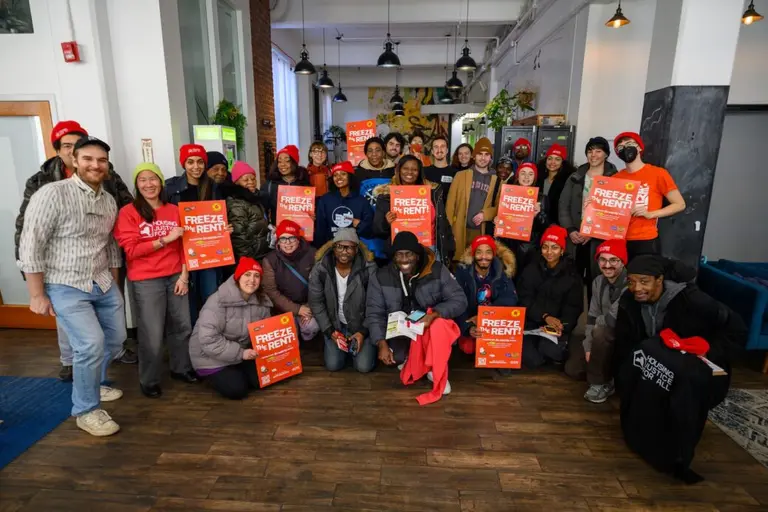City Exceeds 2014 Affordable Housing Goals, but Few Apartments Are Below 96th Street
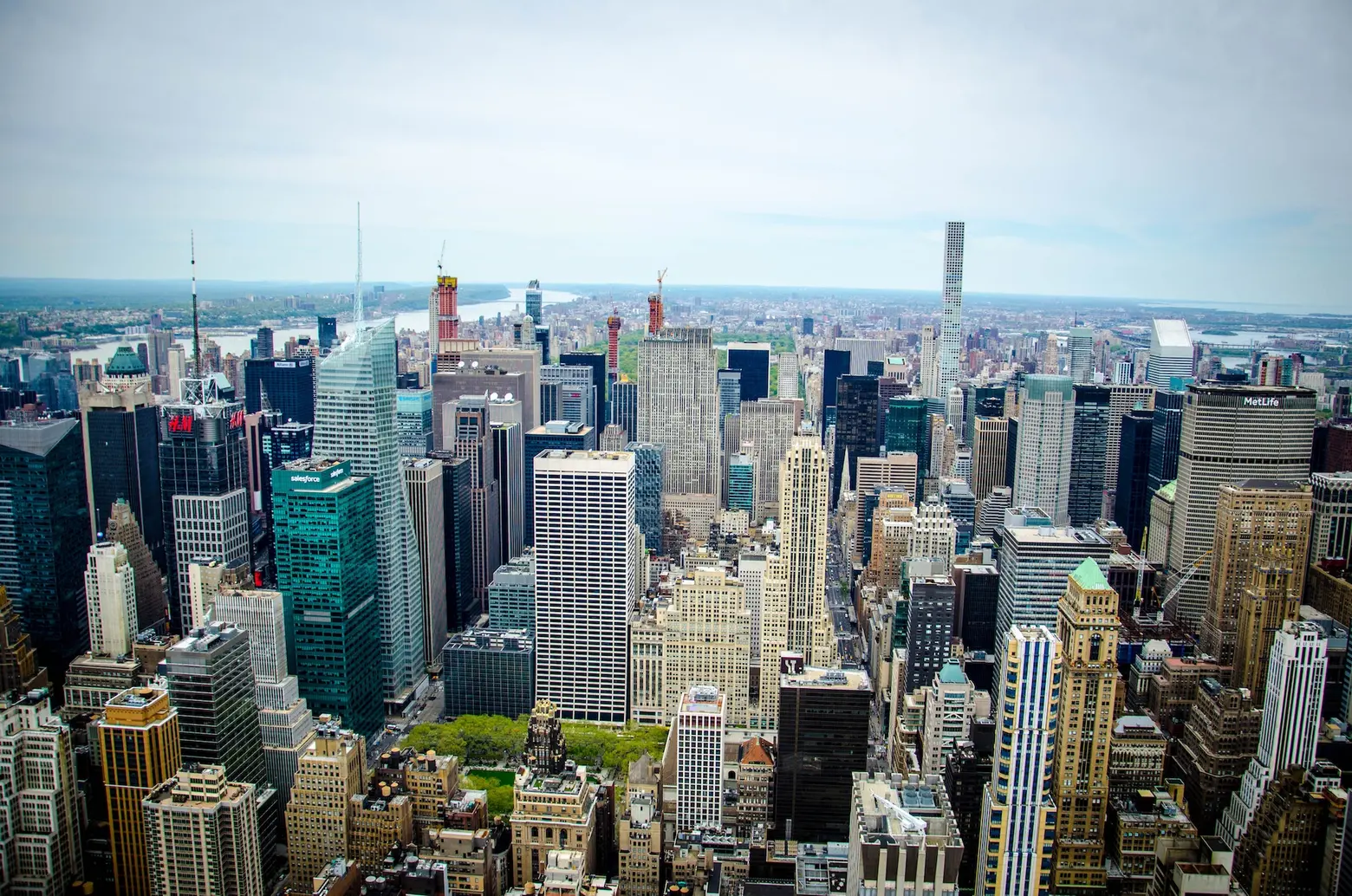
Photo via Pexels
Photo via Pexels
The Mayor announced yesterday that the city had exceeded its affordable housing goal for 2014 by 1,300 apartments, building or preserving 17,300 affordable units. This represents 8.6 percent of de Blasio’s larger goal of 200,000 units over 10 years. But on the heels of the announcement, a report by New York University’s Furman Center shows that only 6 percent of new subsidized affordable rental units have been built below 96th Street since 2000, compared with 16 percent in the ’70s. The city says it’s ramping up its building and preservation efforts to 20,000 affordable units per year, but this likely won’t do much to sway the numbers above 96th Street.
The geographical difference in affordable housing can be attributed to the Manhattan push for ultra-luxury housing, which keeps market-rate rents rising. The majority of new affordable buildings built since 2000 are in areas with poverty rates higher than 30 percent and high violent crime rates. Those units that have been developed below 96th Street are mainly in mixed-income buildings where developers were given tax abatements in exchange for designating 20 percent of apartments affordable.
De Blasio’s goal deals mainly with the overall number of affordable housing units, not as much where they are located. Most of the residences–12,411 to be exact–preserved or created in 2014 were for families who make between $41,951 and $67,120 per year, while 4 percent “were afforded to extremely low-income families who make less than $25,150 per year for a family of four. Available housing for the latter income band is expected to rise to 12 percent. The Bronx accounts for the most units, with 5,518, followed by 5,190 in Brooklyn, 5,022 in Manhattan, 1,044 in Queens, and 602 in Staten Island. Developers have questioned the mayor’s math, noting that some of the units he counts toward his goal were initiated under the Bloomberg administration. But de Blasio said only those units started under the previous administration that have completed financing since 2014 would count toward his 200,000 goal.
